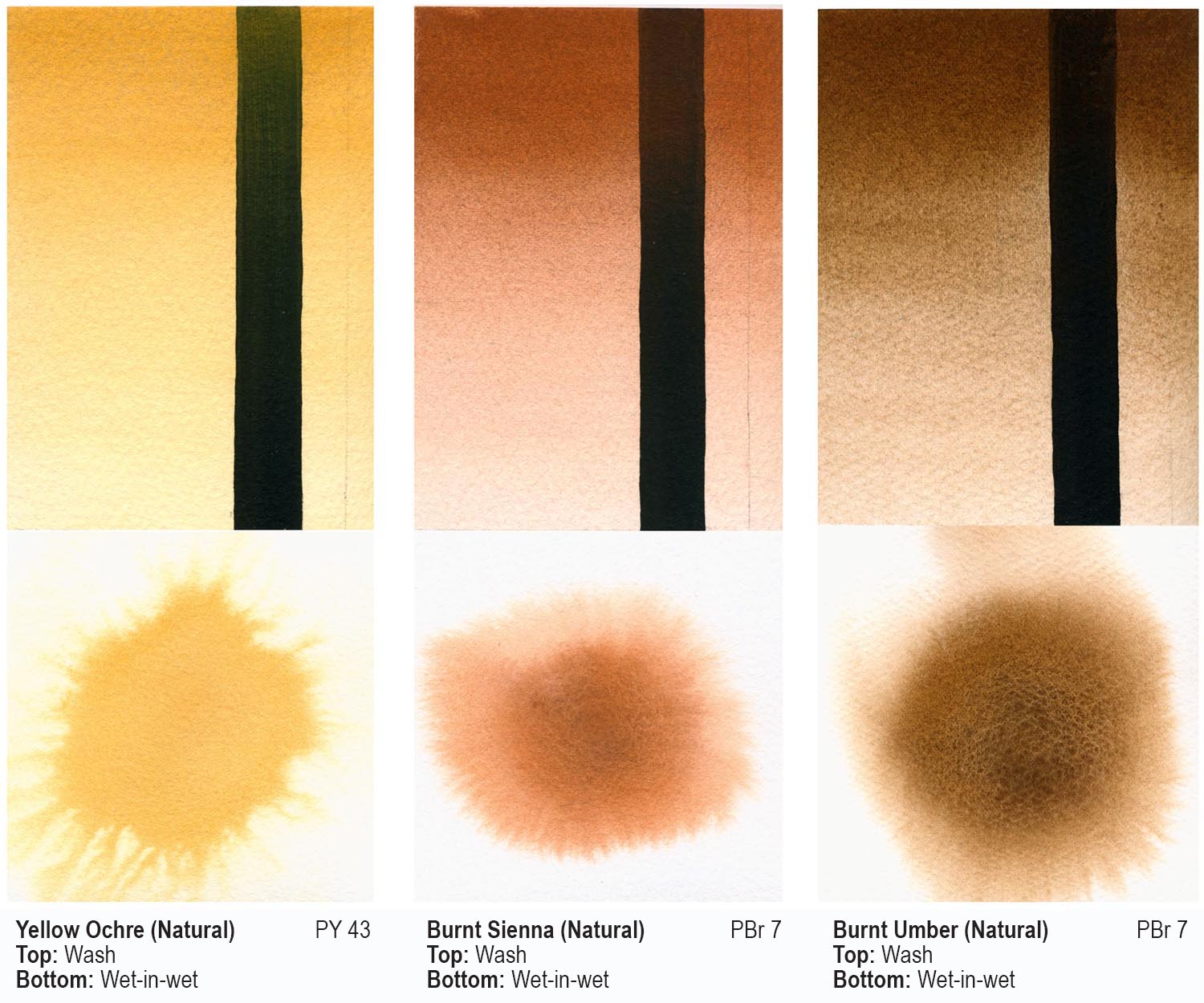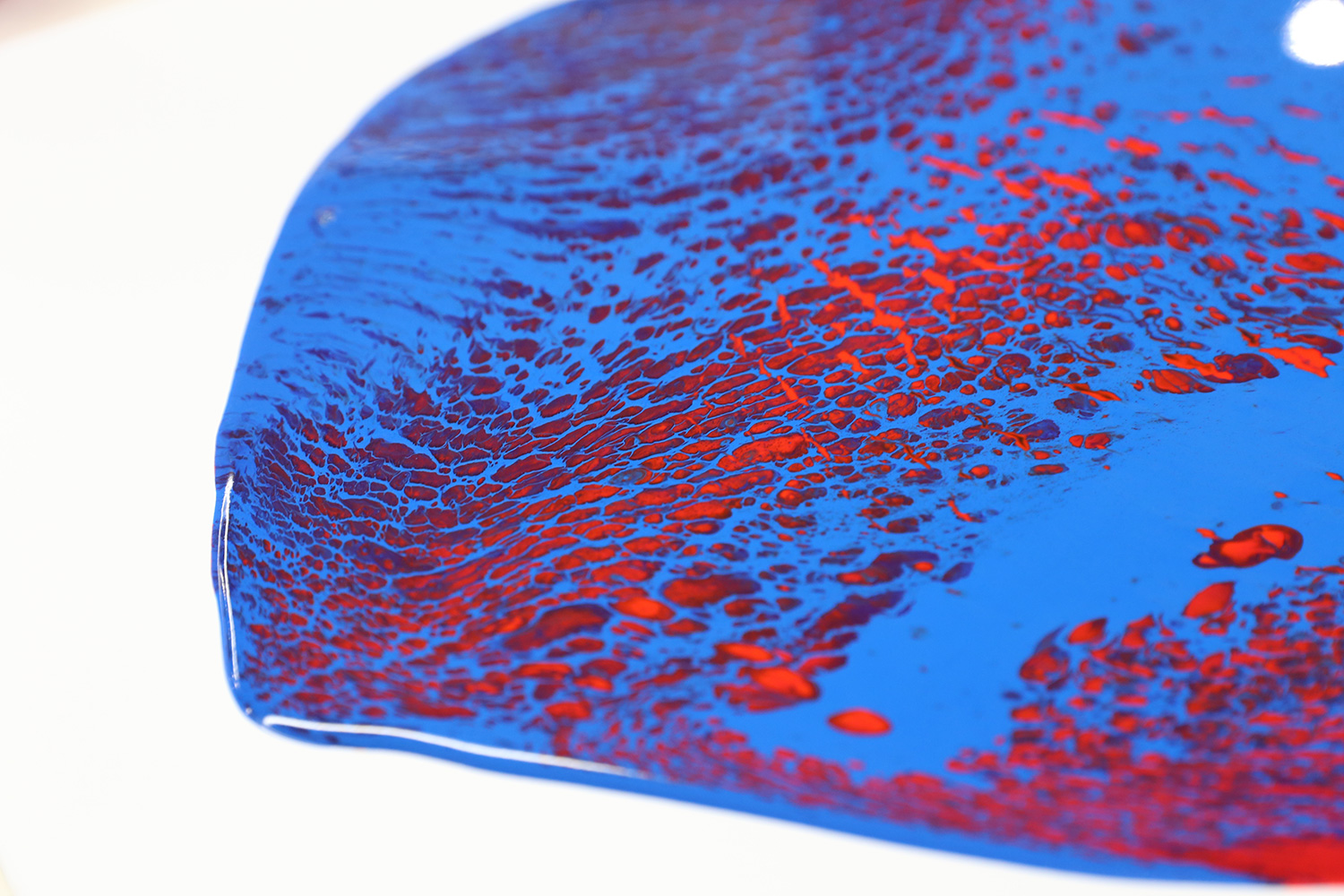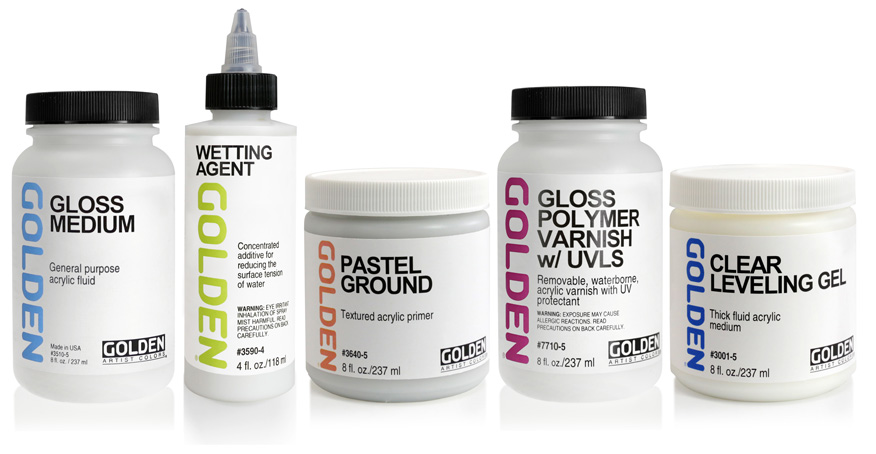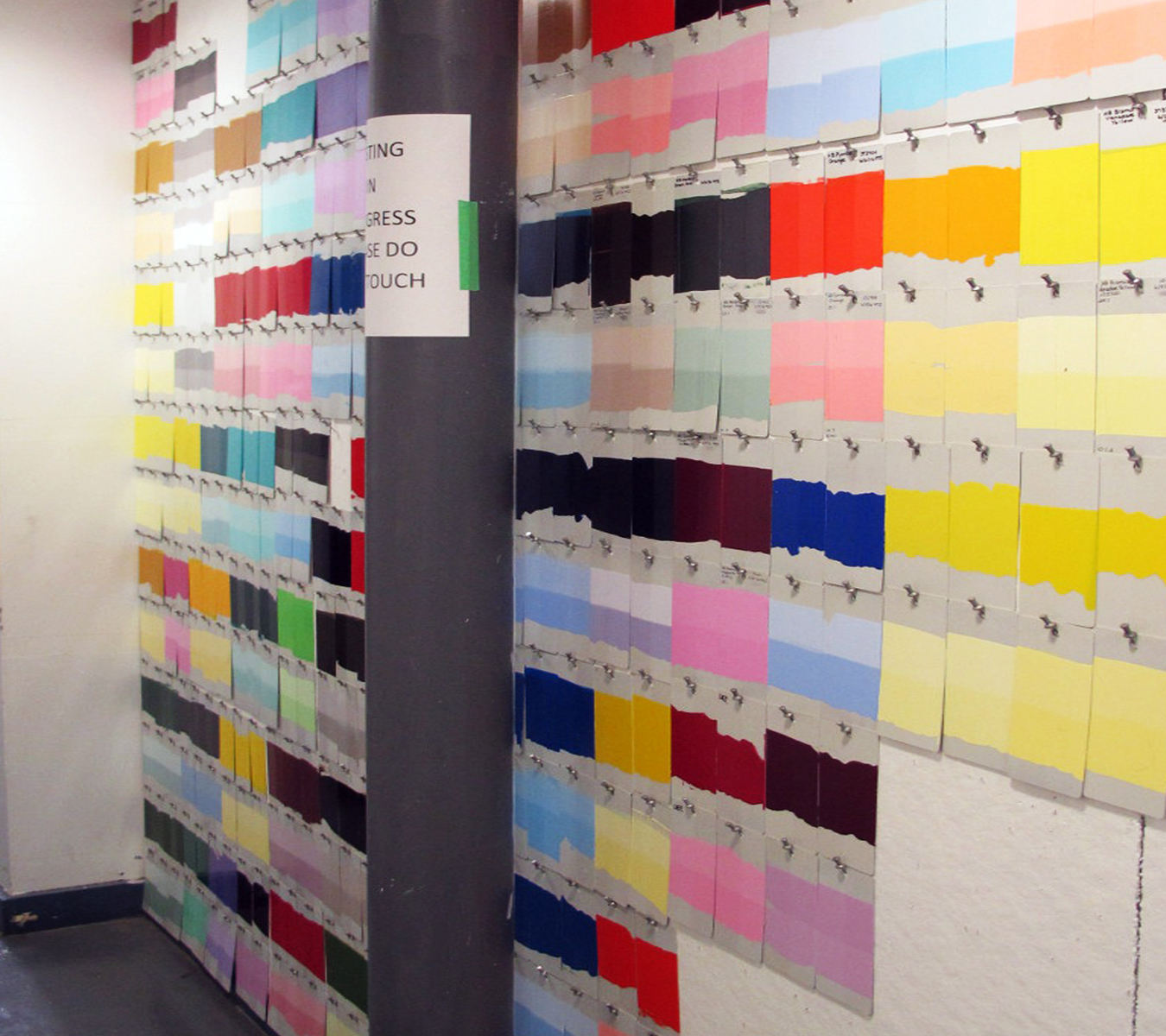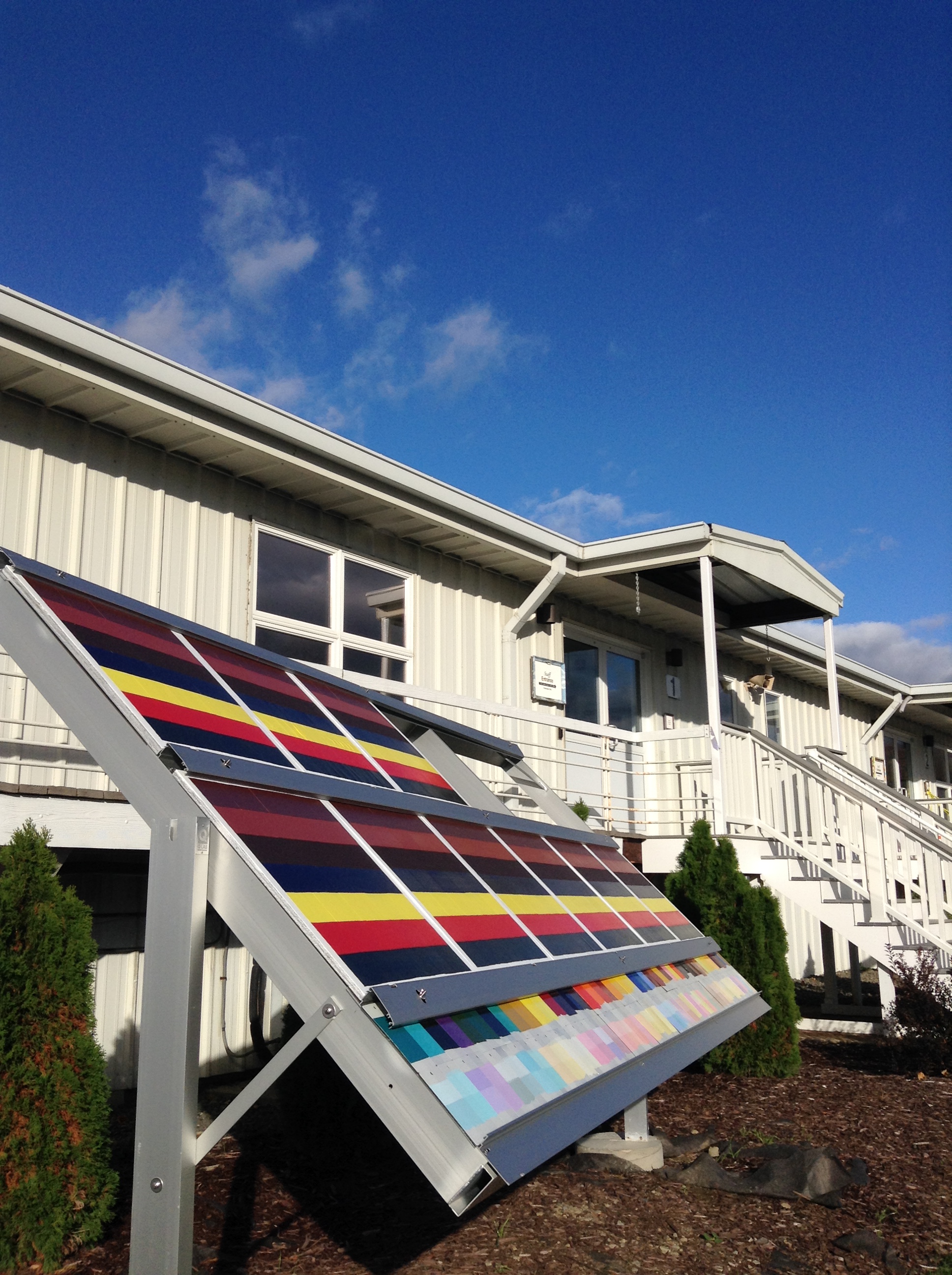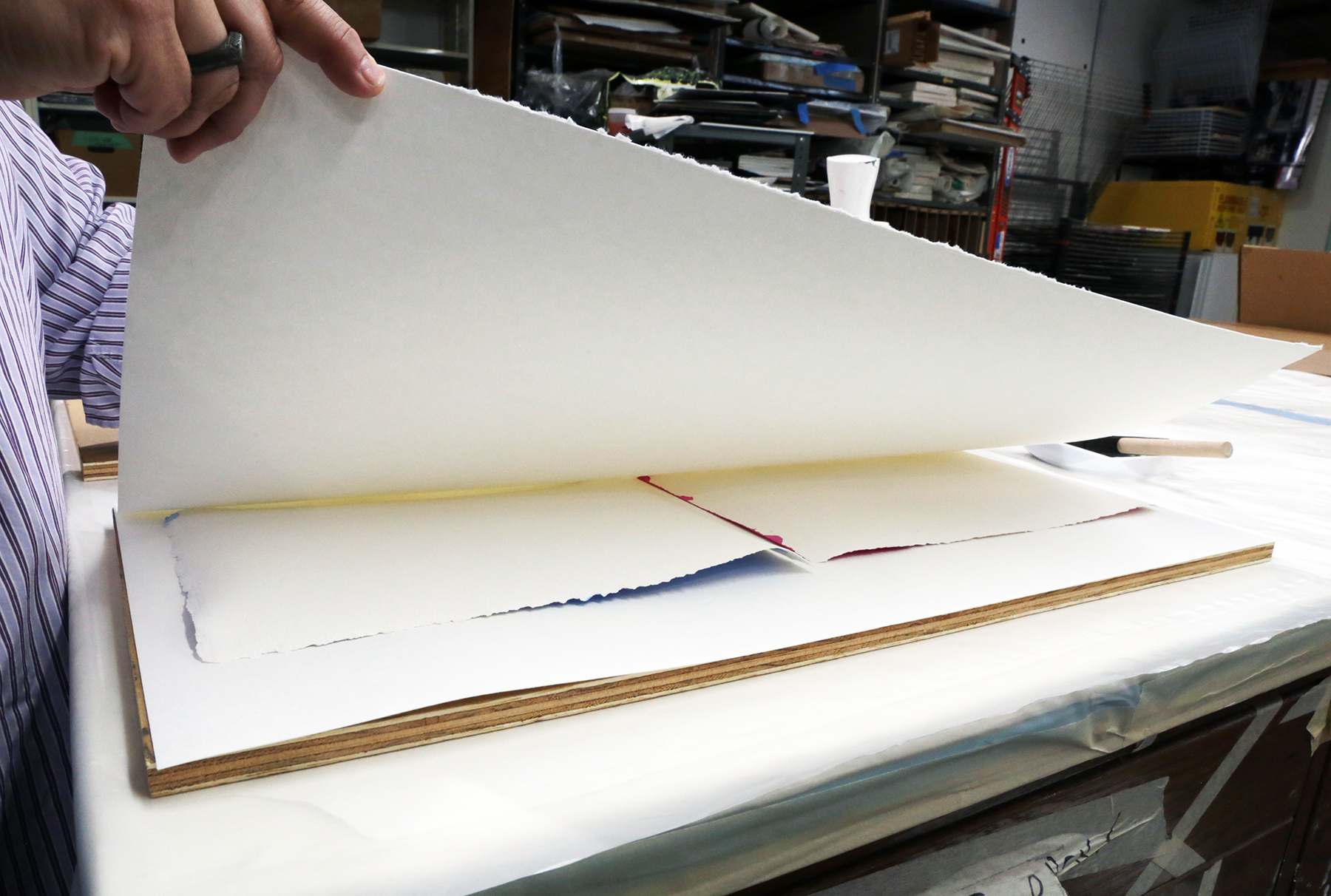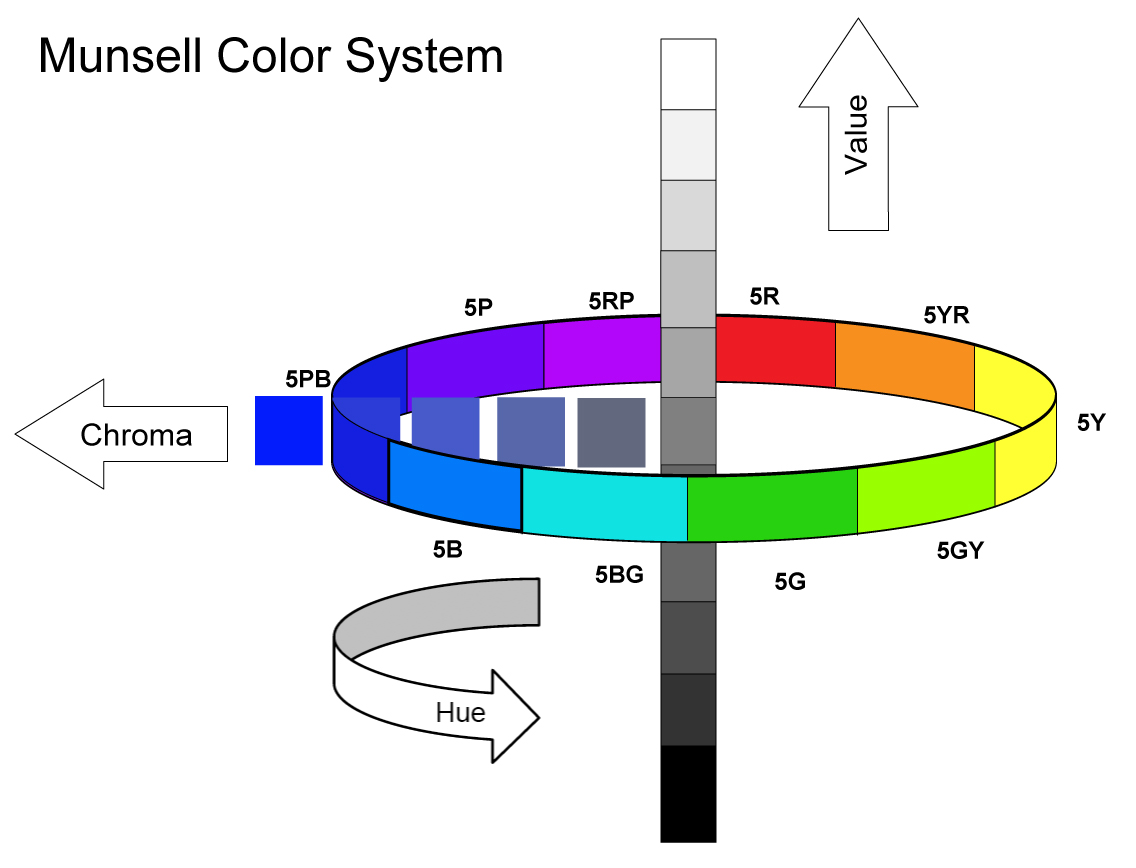“Neither snow nor rain, nor heat, nor gloom of night…….” In 1992, when the town of Columbus, NY, the oldest town in the US (named after Christopher Columbus), was asked how they would be celebrating the 500th anniversary of Columbus’s arrival in America, Golden Artist Colors with support from the community, held a stirring Gallery … Read more
Home>Golden Foundation > Golden Foundation’s 20th Anniversary Art Auction Benefit
Archive | Uncategorized
You may have noticed the letters “C.P.” preceding the names of our GOLDEN Acrylic Cadmium colors, or come across “(CC)” as part of the cadmium pigment listing found on the back of labels and in pigment ID charts. And…you may have wondered what they mean. This has been a common question over the years and so … Read more
The description “earth pigment” originally indicated both a natural material mined from the earth, and ancient iron oxide colors dominated by browns, tans, golden yellows, and rusty oranges. These are the painters’ traditional Sienna, Ochre, and Umber color families. Natural pigments now have synthetic siblings that greatly expand the earth color family. Synthetic iron oxides … Read more
Paint Additions Into GAC 800 for Pouring Applications Several rounds of test mixtures of GAC 800 and GOLDEN paints. By far, the most popular GOLDEN Acrylic Medium used for pouring paints is GAC 800. Our Heavy Body Acrylics, Fluid Acrylics, and High Flow Acrylic paint lines readily blend with this free-flowing medium. These mixtures will merge … Read more
You may have noticed the new labels adorning the bottles and jars in the GOLDEN Mediums, Gels, Pastes, Additives and Varnishes sections of the stores and online retailers. The new fresh look and new naming convention is our way of updating the look of our products, as well as making some of the names of … Read more
While we often report on results from lightfastness testing, we have rarely paused to actually describe the process we follow. And let’s face it, for most people stating that our tests conform to ASTM D4303, Standard Test Methods for Lightfastness of Colorants Used in Artists’ Materials, does very little to fill in the blanks. In an attempt to solve … Read more
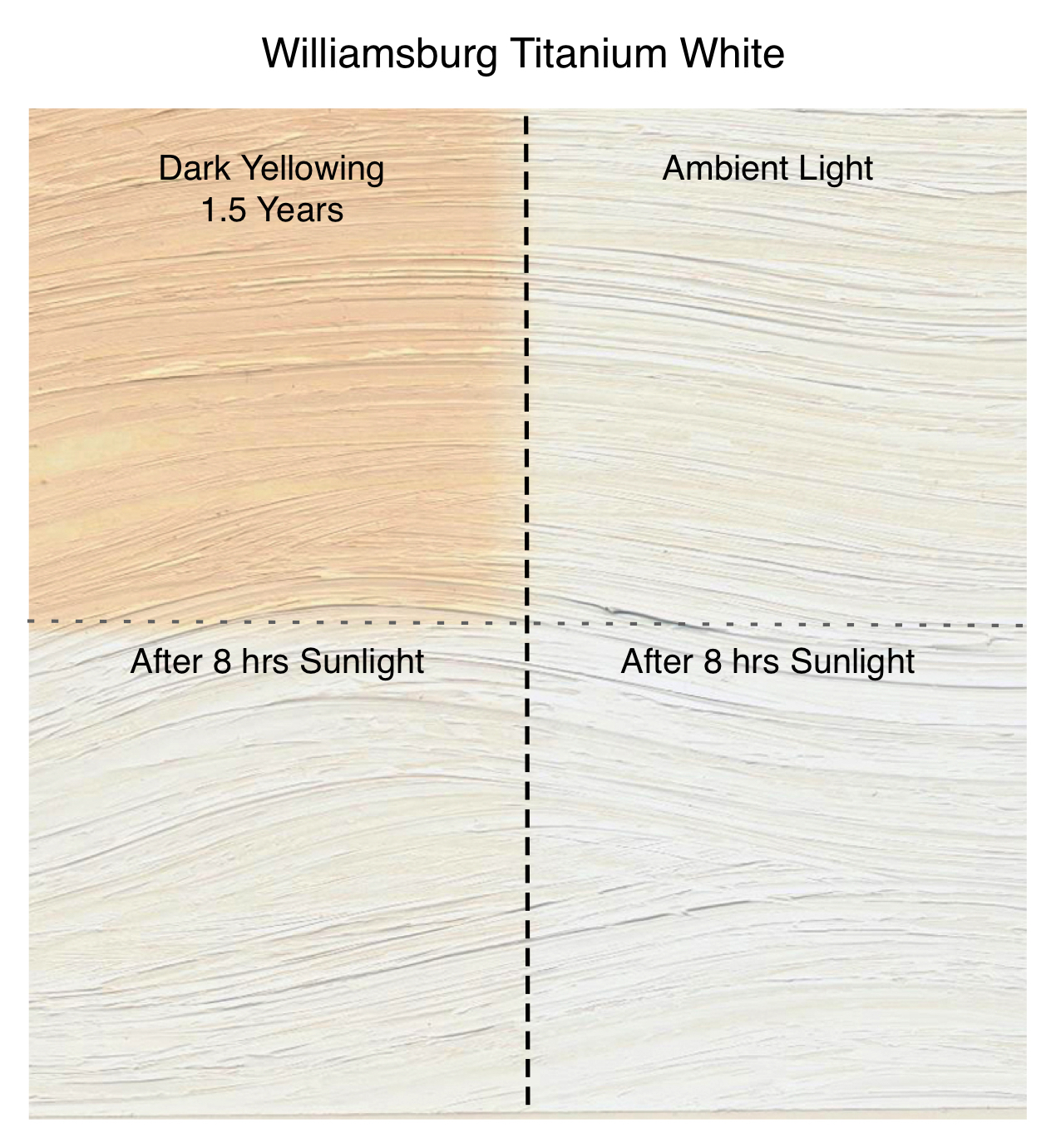
Dark yellowing is the reversible, temporary yellowing that dried oil paint undergoes when stored in the dark or subdued lighting. While noted in many historical writings, most painters remain unaware of it and become surprised or concerned when they discover it happening to their own works. Which makes sense. With no other context to go … Read more
Direct, exterior exposure is highly demanding on coatings, with the test fences set at a 45º angle to maximize the effect of sun, rain, snow and ice. In 1993 and again in 2009, long-term exterior tests of the acrylic colors lasting 4 and 3 years respectively were conducted in South Florida. From these results and in … Read more
When painting on watercolor paper with transparent watercolor, the paper often buckles and stays that way once the painting is dry. This article offers one possible way to flatten the paper using a temporary ‘paper press.’ This method is appropriate for paintings composed of thinly applied glazes and washes of transparent watercolor on paper, and … Read more
It’s summertime and Munsell is in the air. Or at least it seems that way, given the increasing number of requests for various Munsell notations that have recently come our way. And if you happen to be new to Munsell, a widely used standard for classifying colors since its debut in 1905, not to worry – there is … Read more



